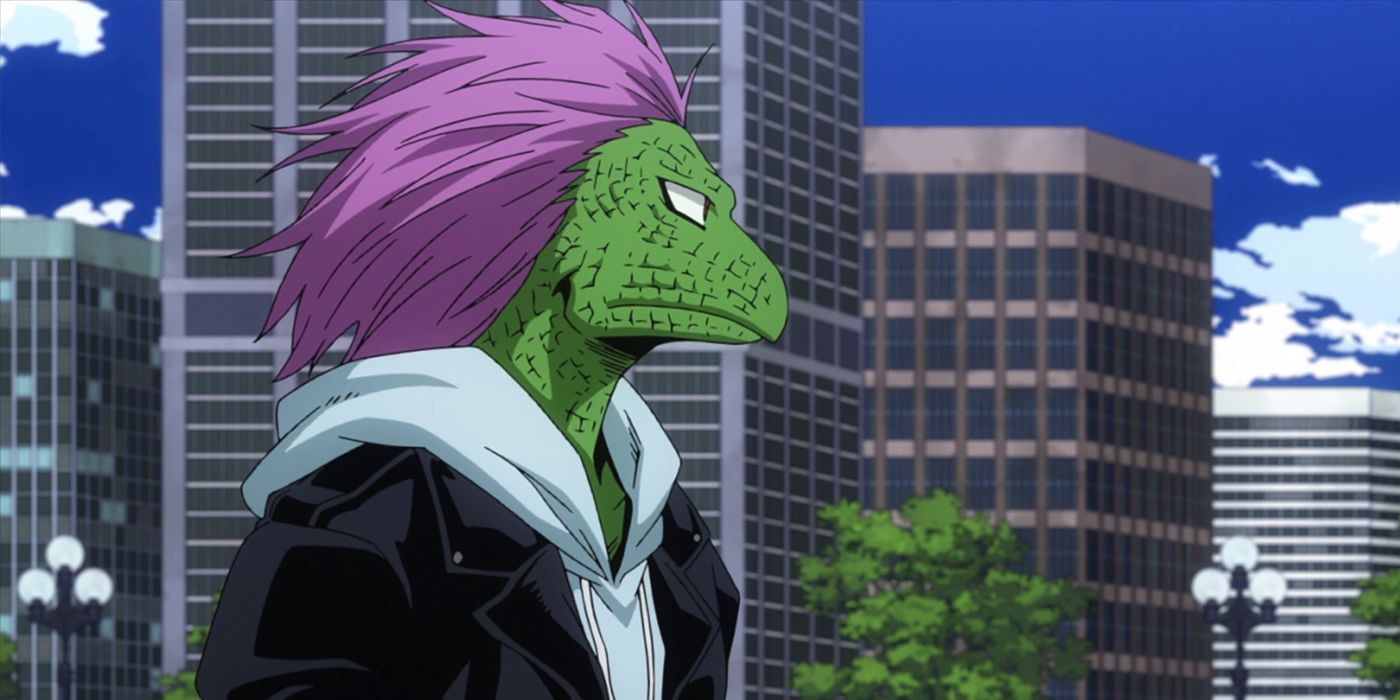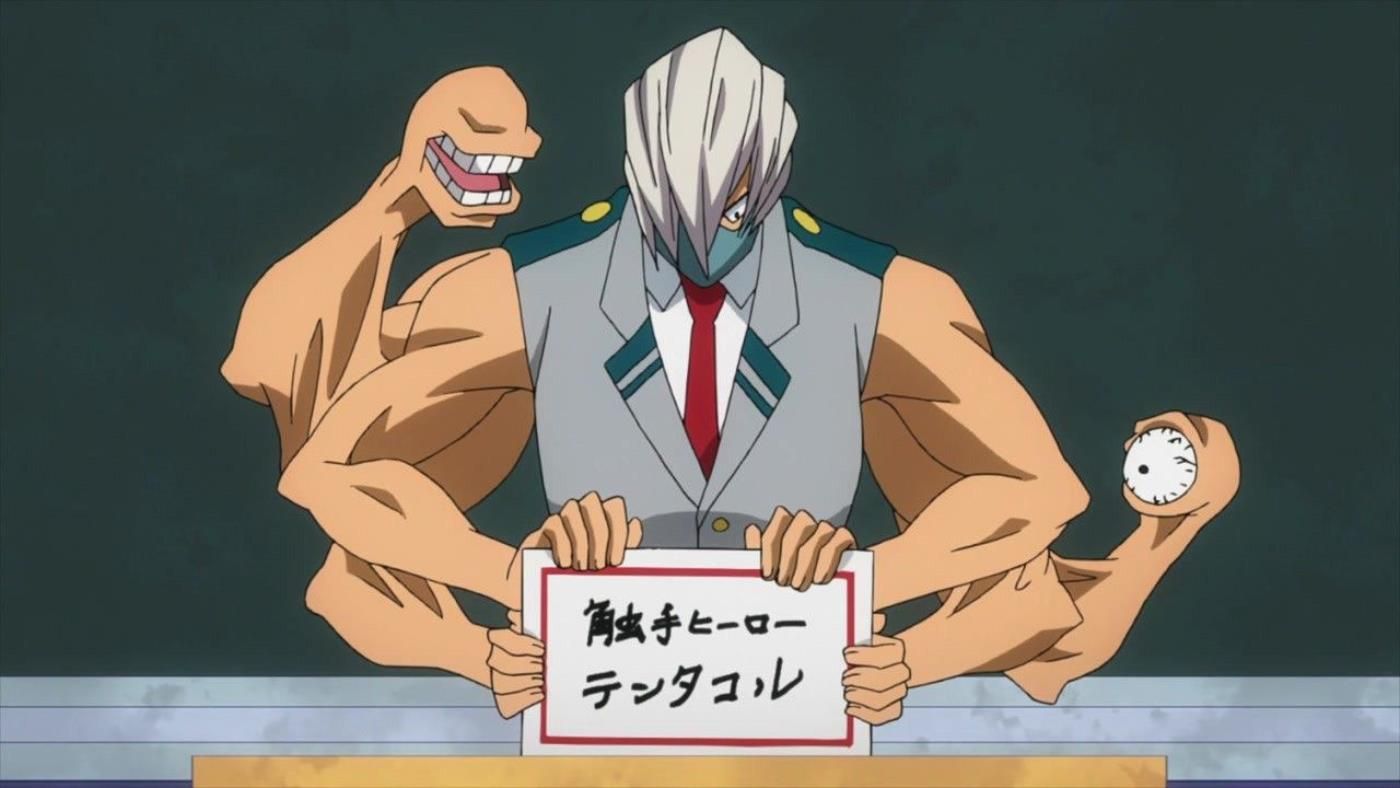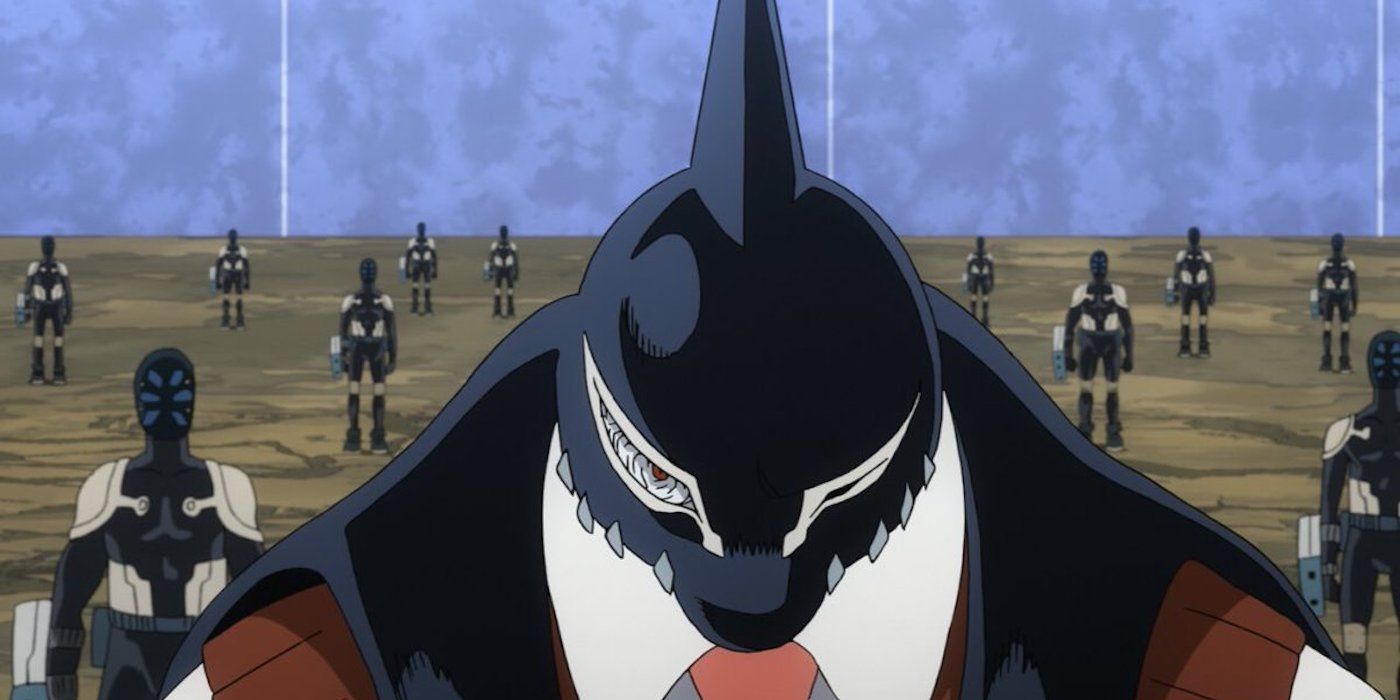My Hero Academia is a world filled with fantastical superpowers and amazing heroes. The series consistently reinforces the idea that anyone, regardless of whether or not they have a Quirk, can be a hero. No matter how strange or useless a person's Quirk may seem, they can still find a way to be heroic. Although it's true that anyone can be a hero, that path is much more difficult for those with Mutant-type Quirks.
The majority of people in the My Hero Academia world have some type of Quirk that makes them special in some way. For the most part, society has adjusted to accommodate these and make them feel accepted in this world. Those with Mutant-type Quirks don't receive that same level of acceptance and are often treated as second-class citizens. Individuals with Quirks that make them appear less human or have additional appendages are discriminated against, harassed and in rare cases, even killed for the way they look.
Mezo Shoji is one of the first characters introduced that is affected by this prejudice against Mutant Quirks. Shoji grew up in a town that discriminated against those with Mutant Quirks, and people were often frightened of his appearance. A young girl even once cried when she saw his face. Now Shoji wears a mask at all times, no matter where he goes, to prevent anyone else from being saddened by his face.
It must be traumatic for Shoji to never feel comfortable enough to show people what he really looks like. However, despite the pain he has experienced, Shoji still plans on becoming a Pro Hero and doesn't hold any grudges against those who have mistreated him. He's a good-natured person who has learned to live in a world that's frightened of and disgusted by who he really is.
Those with Mutant Quirks are also unfairly judged and assumed to be evil based on their appearance. Gang Orca is another example of this prejudice. He is ranked third in heroes that look like villains. Gang Orca doesn't dress like a villain or behave in a dishonorable way. In fact, he's quite friendly and very supportive of younger would-be heroes. His ranking is solely based on how his Quirk makes him look physically. If he looked more human, he would probably be a more popular hero.
Gang Orca actually dropped from 10th to 12th on the Hero Billboard Chart. Even though he took part in the Kamino Raid with other heroes like Best Jeanist and Edgeshot, he lowered in rank while the more human-looking heroes rose. The success and popularity of heroes are largely influenced by their physical appearance -- something they cannot control. No matter how many people Gang Orca saves, society will always think of him as a villain first.
Other characters like Spinner and Chimera from Heroes: Rising were pushed into evil by the way people treated them. The hate and discrimination that they faced made them resent society and want to see it destroyed. Spinner related to Stain's philosophy and began to emulate him. He joined the League of Villains because he felt that they could change society. Similarly, Chimera joined with Nine in the hopes of creating a new world where he could rule instead of being oppressed.
As if the mistreatment and prejudice weren't enough, those with Mutant-type Quirks also have to worry about a cult that wants to eradicate them. In the manga, the League of Villains encounters a cult called the Creature Rejection Clan. The group hates individuals with Mutant-type Quirks and even commits violent crimes against them. The cult views these individuals as monstrosities that need to be purged. Dealing with hate groups is just another harsh reality of living with a Mutant-type Quirk in My Hero Academia.



